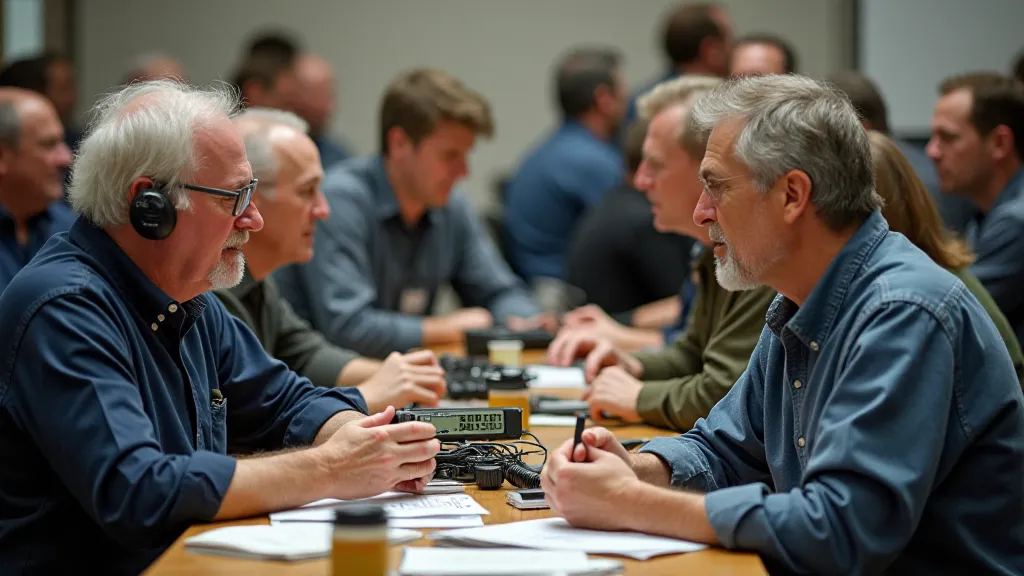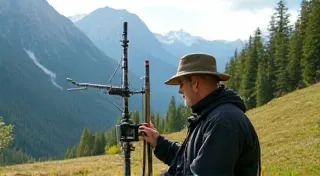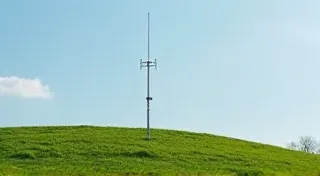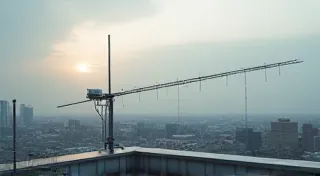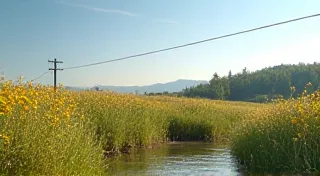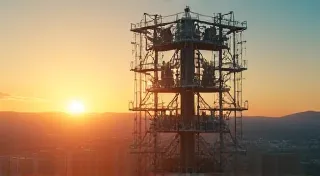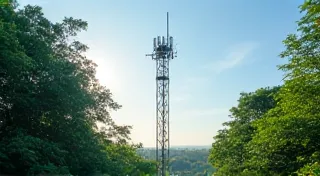Whispers Across the Aether: The Resonance of Amateur Radio and Human Connection
There's a certain melancholic beauty to the sound of an antique accordion. Not the boisterous, celebratory tunes often associated with them, but the quiet, almost grieving sigh of bellows strained by age and untold stories. It’s a sound that speaks of journeys, of shared moments in crowded ballrooms and solitary corners. This same feeling, this sense of enduring connection, permeates the world of amateur radio – a world where physical distance dissolves and human voices, crackling with static and echoing with history, find their way to each other.
We often talk about ham radio in terms of technical specifications: SWR, gain, frequency allocation. We discuss wire length, coaxial cable loss, and the intricacies of antenna design. And while that technical understanding is certainly vital, it's only a fraction of the story. The deeper truth lies in the profound human connection fostered through radio waves, a connection that transcends geographical boundaries and cultural differences. Building antennas, in this light, isn’t merely constructing hardware; it’s forging bridges – literal and figurative – across the aether.
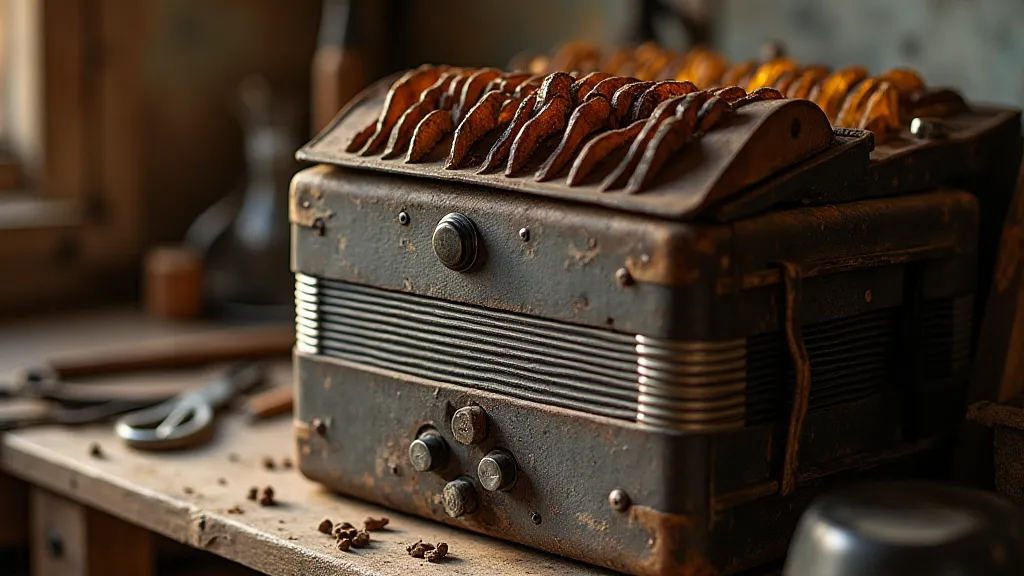
More Than Just Signals: A History of Connection
The roots of amateur radio run deep, intertwined with the history of communication itself. In the early 20th century, before widespread broadcasting, amateur radio operators – “hams” – were often the lifeline during emergencies. Imagine a world where communication relied on fragile wires and the dedication of individuals willing to experiment, to tinker, and to share information. The spirit of innovation was palpable. These weren't just hobbyists; they were pioneers, often engineers and inventors, contributing to advancements in radio technology and, crucially, offering invaluable aid during times of crisis.
The Titanic disaster is a stark reminder of this. While the ship carried Marconi operators, the amateur radio community played a vital role in relaying distress calls and coordinating rescue efforts, highlighting the critical role these dedicated individuals played even before official channels were fully established. This legacy of service continues to this day, with ham radio operators often assisting in disaster relief efforts, providing crucial communication when other systems fail. That sense of responsibility, that desire to connect and assist, is woven into the very fabric of the hobby.
The Art of Listening: Beyond Signal Acquisition
We often focus on transmitting – on getting our voices heard. But in amateur radio, the ability to *listen* is paramount. Truly listening, I mean. Not just hearing the signal, but absorbing the nuances of a voice, the subtle inflections, the underlying story. It’s a skill often lost in our fast-paced, digitally-saturated world. Listening in amateur radio becomes an active, empathetic exercise.
When you’re straining to pull in a weak signal from across the Atlantic, battling atmospheric noise and interference, you learn patience. You learn to discern faint whispers from the cacophony. And, importantly, you begin to understand that behind every voice, there’s a person – a life lived somewhere else, with their own joys, sorrows, and experiences. A quiet, almost reverent stillness often settles in during those moments of contact. It's a shared vulnerability, born from the precariousness of the connection and the profound sense of human presence.
Building Bridges: The Resonance of Homemade Antennas
And that’s where antenna building comes in. For me, the act of constructing an antenna isn’t merely a technical exercise. It's a tangible expression of this desire to connect. Working with wire, coax, and connectors, tweaking and adjusting to optimize performance – it’s a meditative process. There's a deep satisfaction in creating something with your own hands that facilitates human communication.
I remember building my first longwire antenna as a teenager. It wasn't pretty – a haphazard affair strung between trees in my backyard – but it worked. And the feeling of making contact with someone hundreds of miles away, using a homemade antenna, was exhilarating. It was a testament to the power of ingenuity and the beauty of simple physics.
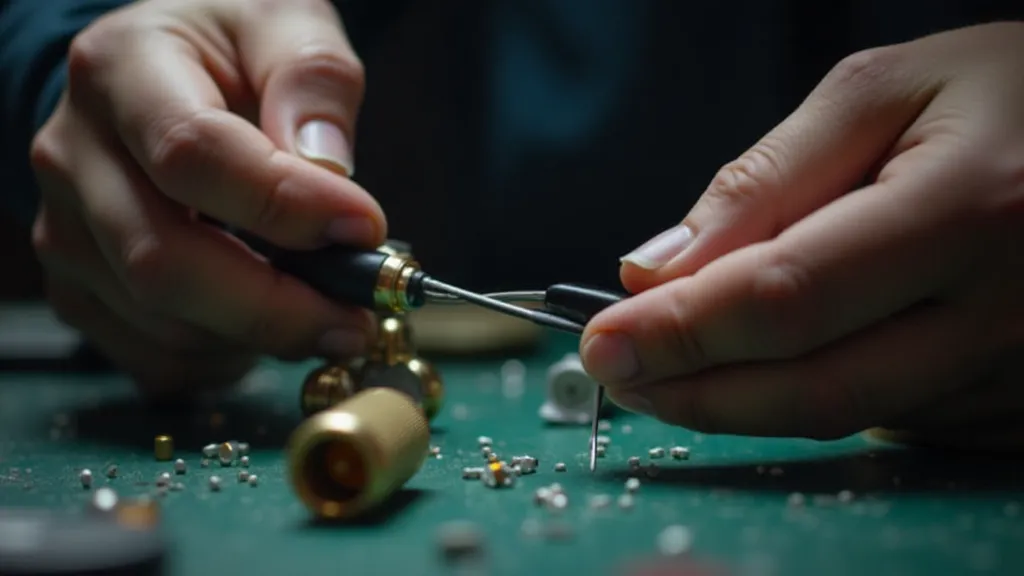
The Philosophy of Imperfection
There's a beauty, too, in the imperfection of a homemade antenna. A commercial antenna is manufactured to precise specifications, guaranteeing a certain level of performance. But a homemade antenna carries a different kind of charm – the marks of the maker, the evidence of experimentation, the story of its creation. It’s a physical embodiment of the amateur spirit – the willingness to learn, to adapt, and to persevere, even when things don’t go according to plan.
Think of the antique accordion again. It bears the marks of time – scratches, dings, and faded varnish. These imperfections aren't flaws; they’re a record of its history, a testament to the hands that have played it, the music it has produced, the stories it has witnessed. Similarly, an antenna with a slight SWR mismatch or a less-than-perfect gain isn’t a failure; it’s a reflection of the maker's journey, a tangible reminder of the lessons learned and the connections made.
More Than a Hobby: A Community
Ultimately, amateur radio is about community. It’s about sharing knowledge, assisting others, and forging bonds that transcend geographical boundaries. It’s a community built on a shared passion for radio communication and a deep appreciation for the power of human connection. It’s a community that welcomes newcomers, encourages experimentation, and celebrates the ingenuity of its members.
The static on the radio isn't just noise; it’s the backdrop to countless conversations, shared experiences, and enduring friendships. It's a reminder that even in a world increasingly dominated by digital communication, the human voice – crackling with static and echoing with history – retains a unique power to connect us, to inspire us, and to remind us of our shared humanity.
